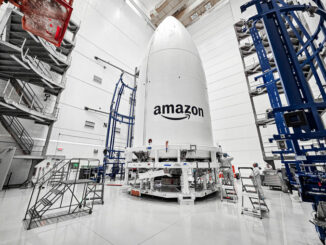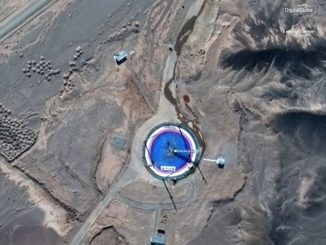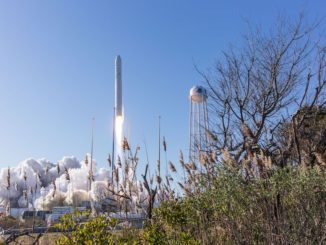SpaceX’s Falcon 9 rocket is set for liftoff from Cape Canaveral on Tuesday, heading due east over the Atlantic Ocean to deliver the South Korean Anasis 2 military communications satellite into orbit around 32 minutes later.
The 229-foot-tall (70-meter) rocket is poised for launch from pad 40 at Cape Canaveral Air Force Station in Florida during a launch window Monday opening at 5 p.m. EDT (2100 GMT) and closing at 8:55 p.m. EDT (0055 GMT).
Perched atop the rocket is the Anasis 2 communications satellite, a spacecraft manufactured by Airbus Defense and Space in Toulouse, France, and owned by the South Korean military.
After deployment from the upper stage of the Falcon 9 rocket in an elliptical transfer orbit, the Anasis 2 spacecraft will use its on-board hydrazine-fueled engine to boost itself into a circular geostationary orbit more than 22,000 miles (nearly 36,000 kilometers) over the equator.
Based on Airbus’s Eurostar E3000 satellite design, Anasis 2 “will provide secured communications over wide coverage,” Airbus said in a statement.
The Falcon 9 first stage booster set to loft the Anasis 2 payload has one previous flight to its credit. It launched May 30 with NASA astronauts Doug Hurley and Bob Behnken on the first test flight of SpaceX’s Crew Dragon spacecraft with people on-board.
The timeline below outlines the launch sequence for the Falcon 9 flight with Anasis 2.
Data source: SpaceX
T-0:00:00: Liftoff
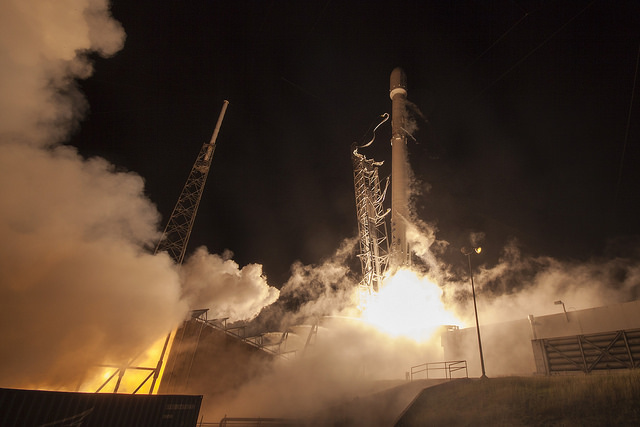
T+0:01:00: Mach 1
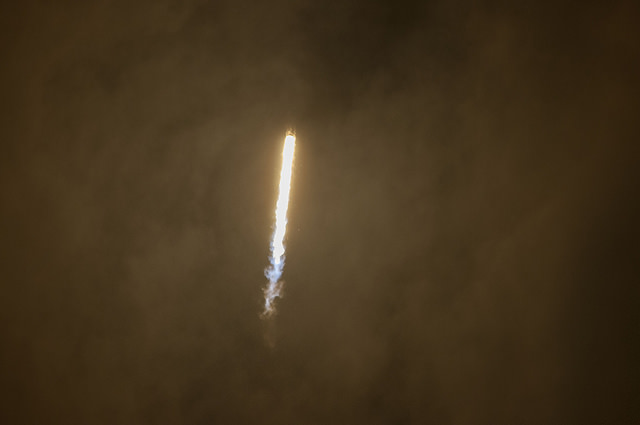
T+0:01:12: Max Q
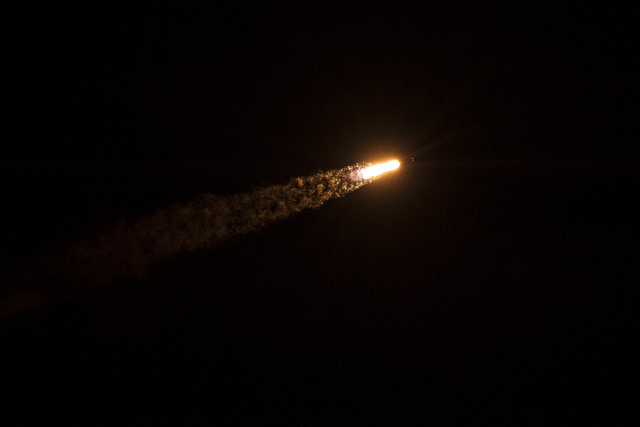
T+0:02:32: MECO
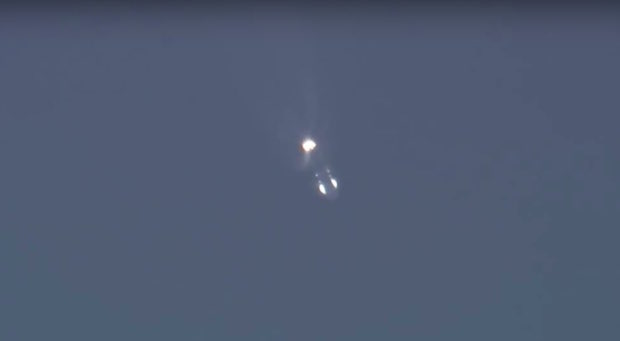
T+0:02:36: Stage 1 Separation
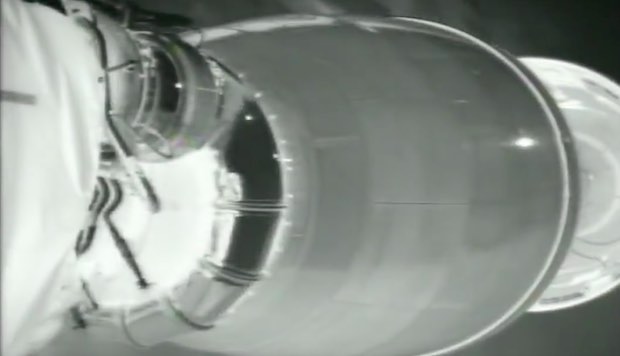
T+0:02:43: First Ignition of Second Stage
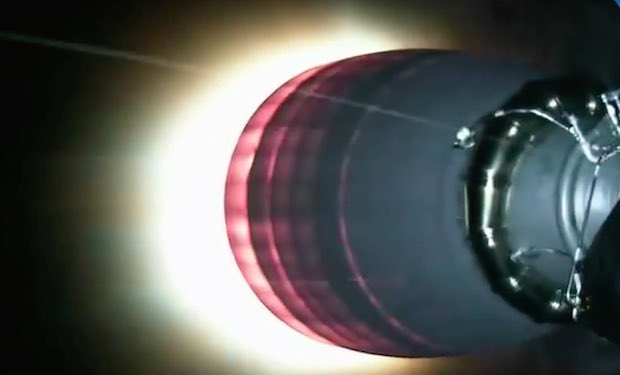
T+0:03:34: Fairing Jettison
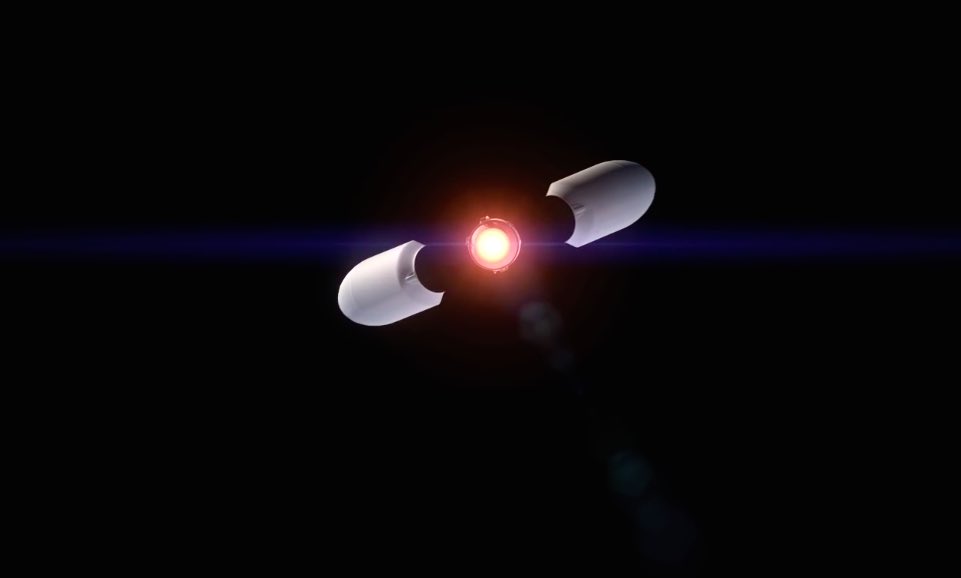
T+0:06:46: Stage 1 Entry Burn Complete

T+0:08:06: SECO 1
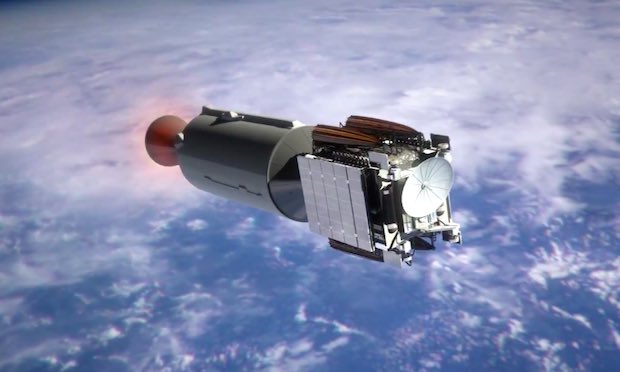
T+0:08:31: Stage 1 Landing
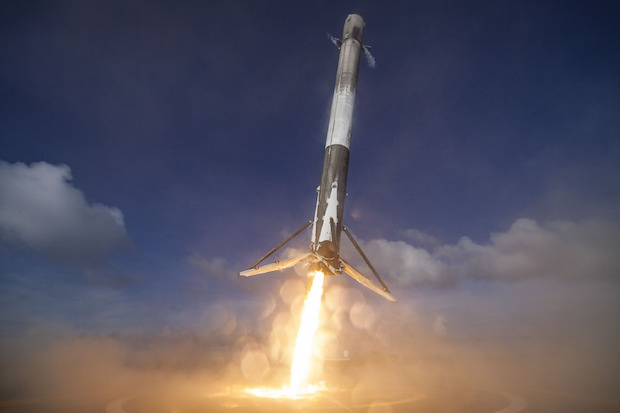
T+0:26:32: Second Ignition of Second Stage
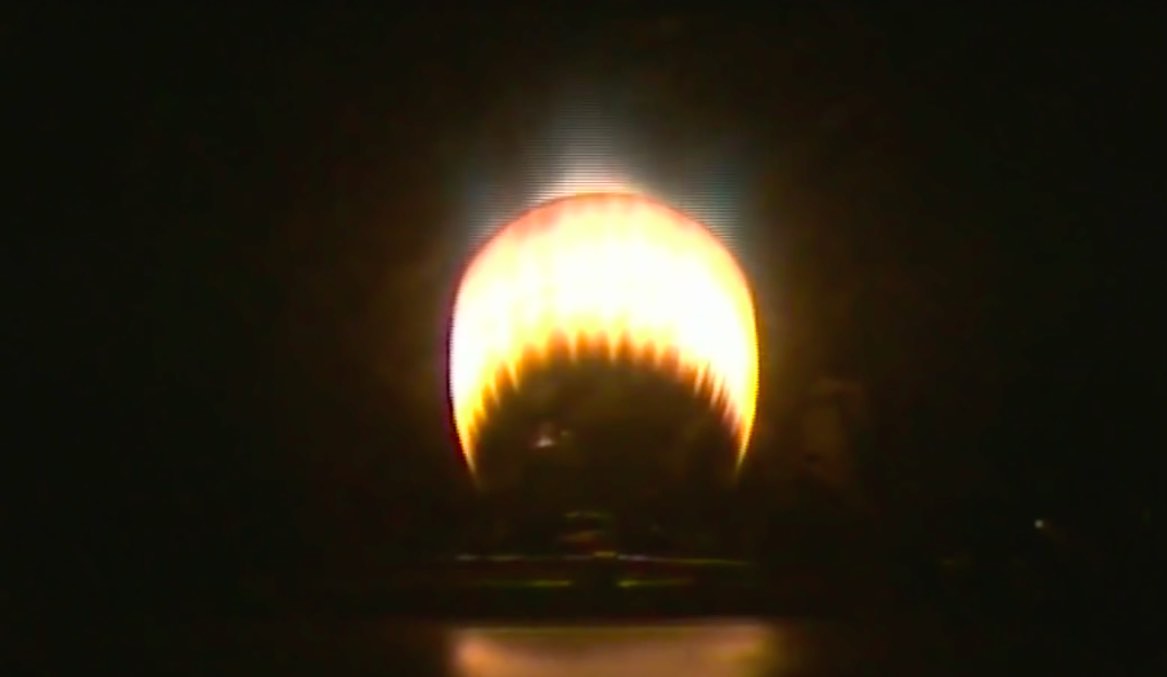
T+0:27:28: SECO 2
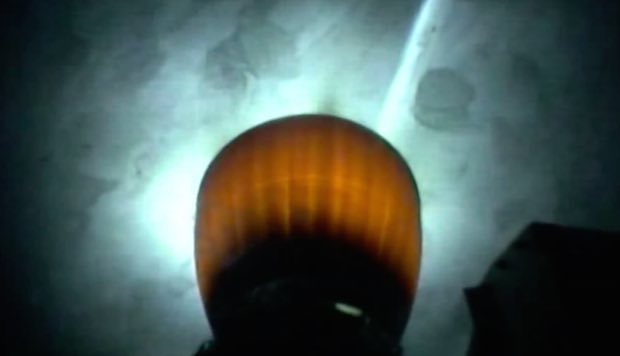
T+0:32:29: Anasis 2 Separation
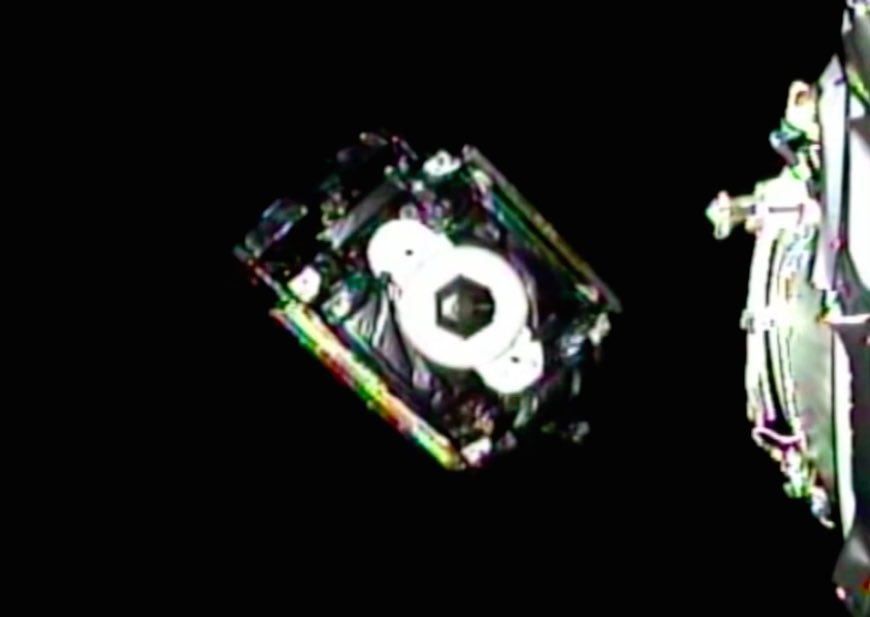
Email the author.
Follow Stephen Clark on Twitter: @StephenClark1.

